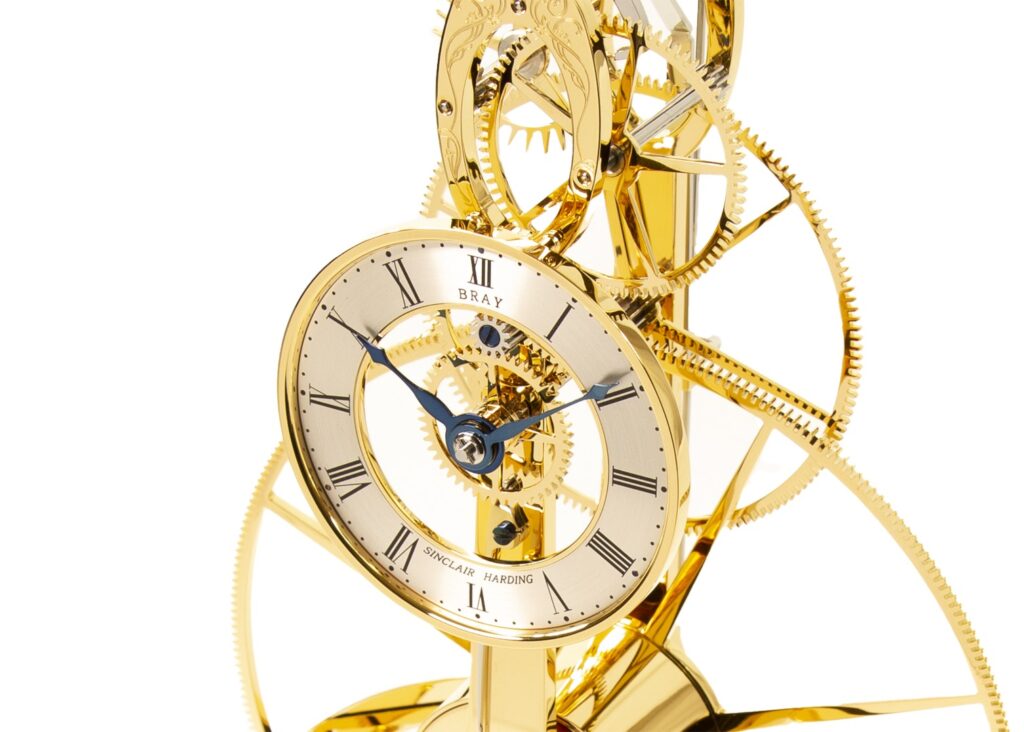Collectibles
Folk Art Collectibles
SHARE
Folk art has been considered as an integral part of a society’s culture. It is known for its simplicity and the depiction of the lives of common people. It reflects the creative expressions of various cultural and social aspects of a community through different mediums such as paintings, sculptures, textiles, and handicrafts.
Folk art is often created by untrained artists who draw their inspiration from the environment around them- nature, traditions, customs, and beliefs. The use of vivid colors and bold patterns is a distinctive part of folk art, which makes it easily recognizable. The materials used in folk art are often readily available and inexpensive, including wood, clay, metal, and fabric.
Folk art can be divided into many different categories, including ceramic art, textile art, paintings, sculptures, and crafts. Ceramic art is a popular category, which includes pottery, earthenware, and porcelain. The decoration and design patterns used in ceramic art reflect the cultural identity and traditional themes of a particular region. The use of bold and vibrant colors is also a characteristic of this category.
Textile art is another popular category of folk art, which includes weaving, dyed fabrics, and embroidery. The designs and patterns used in textile art are often intricately woven and embroidered, with different colors and textures. Textile art has a long history and is an important part of many cultures, including African, Asian, and Native American.
Paintings are another popular category of folk art, which includes murals and smaller works of art. The themes of these paintings vary according to the region and culture they are produced in. Some of the most popular subjects include religious themes, nature, daily life, and myths and legends.
Sculptures are also a notable category of folk art, with wood carvings being one of the most recognizable forms of folk sculpture. Other types of sculptures include stone carvings, metalwork, and figurines made from clay or other materials. Like other forms of folk art, sculptures often depict religious or historical pieces.
Crafts such as pottery, woodworking, basket weaving, and leatherworking are also important categories of folk art. The use of traditional techniques and materials distinguishes these crafts from mass-produced items. They often have a decorative or functional purpose, such as household items, clothing, or jewelry.
The impact of folk art on a society cannot be underestimated. It is often used to teach and preserve traditional cultural practices and beliefs. Folk artists are essential in passing down knowledge and skill sets from one generation to the next, keeping the art form alive for future generations to enjoy and appreciate.
Folk art also has a unique ability to tell stories and convey the struggles of a people. It serves as a medium for resistance, protest, and affirmation of cultural identities. Through their art, folk artists express their social and political consciousness, often reflecting the challenges and hardships faced by their community.
In conclusion, folk art is a rich and diverse art form, reflecting the creativity and uniqueness of different cultures. It is a timeless medium that has been passed down through generations, celebrating the traditions and history of a community. Folk art not only serves as a medium for creative expression but also helps to preserve cultural heritage. It is a reminder of the beauty that lies in simplicity, and has a profound impact on the well-being and cultural identity of a society.
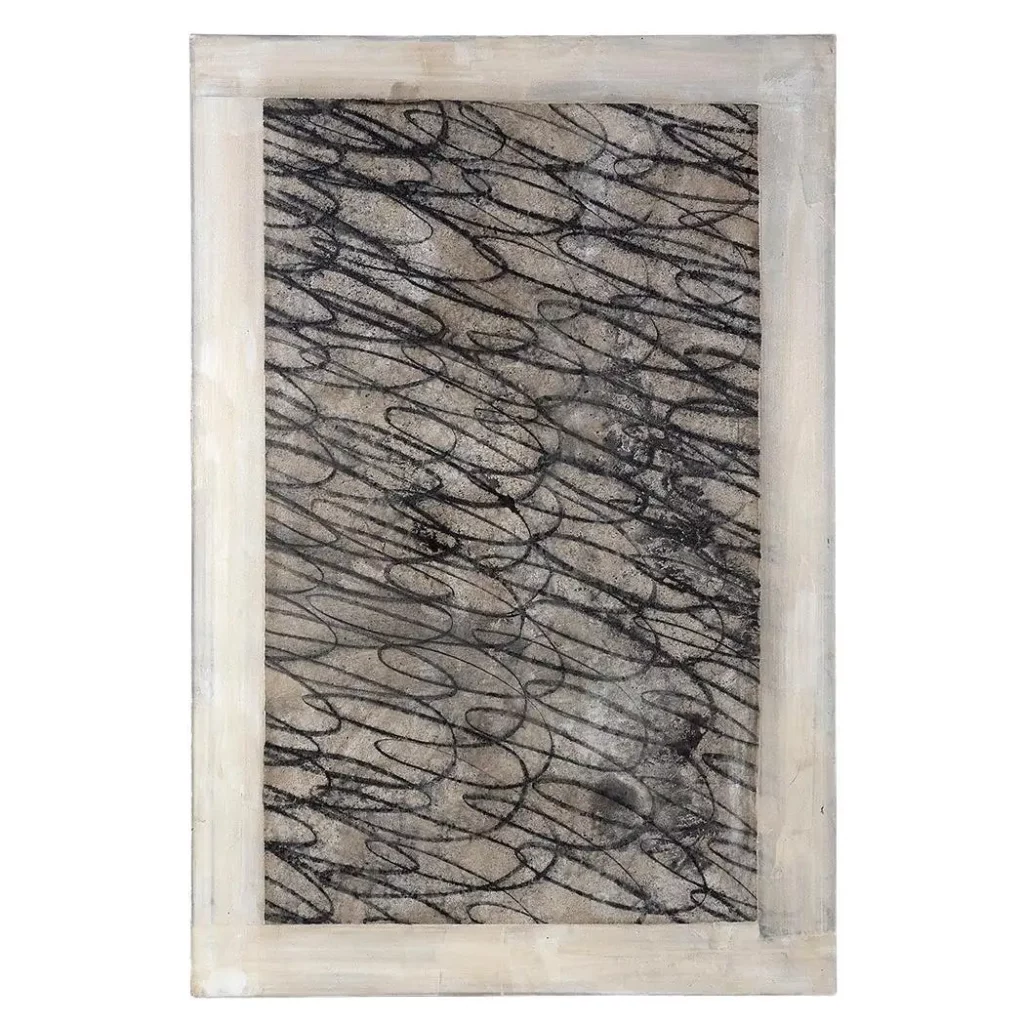
Scott Kerr

Jack Ludlam

Anton Genberg
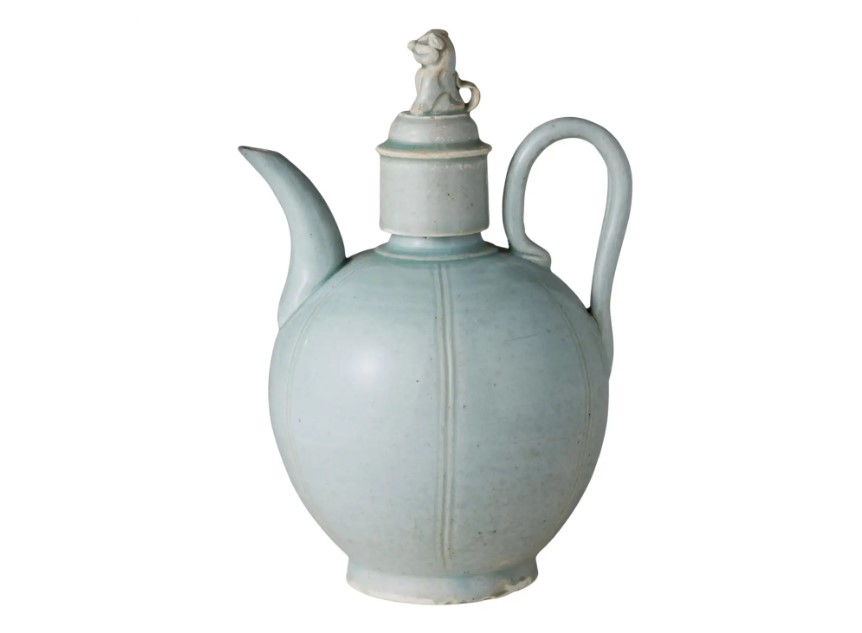
A Qingbai Ewer with Lion-Finial Cover, Song Dynasty
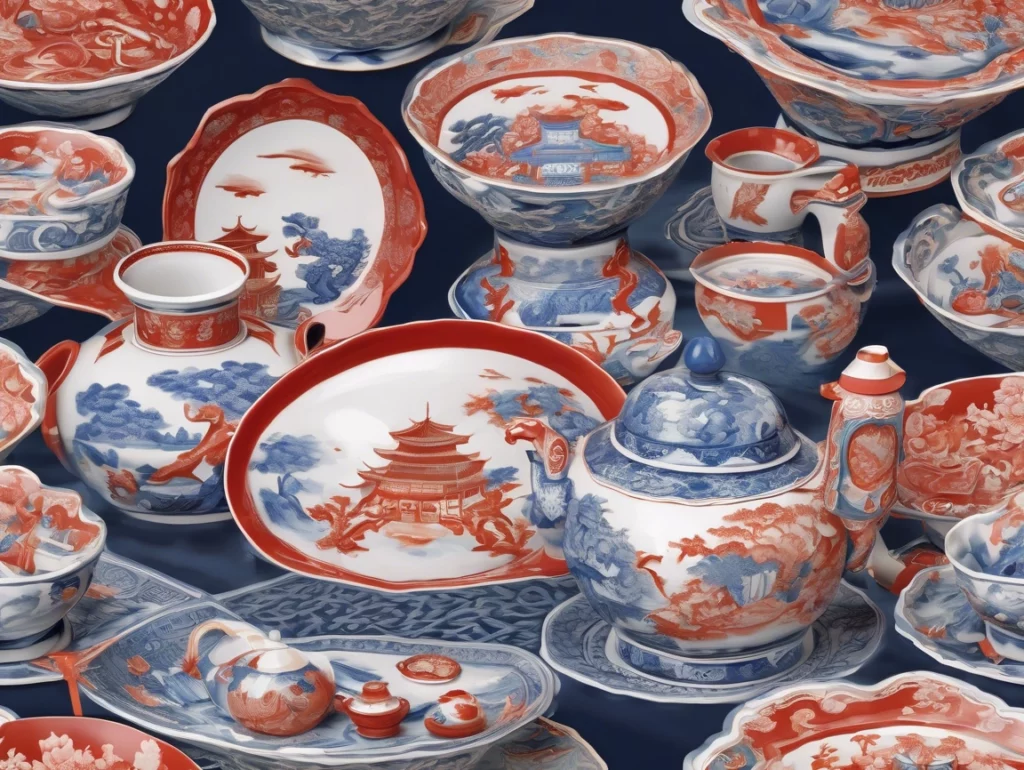
Chinese Imperial Porcelain

Business and Bankruptcy Liquidators Austin
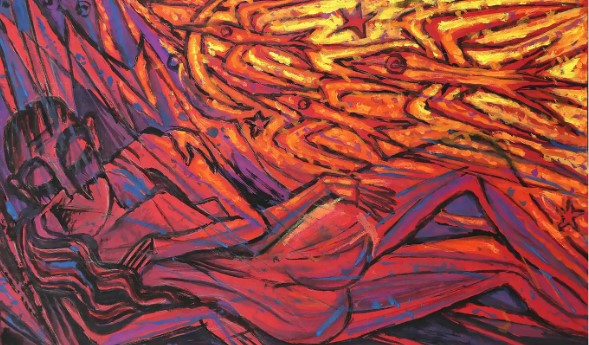
Emil Betzler

Austin Business Liquidation
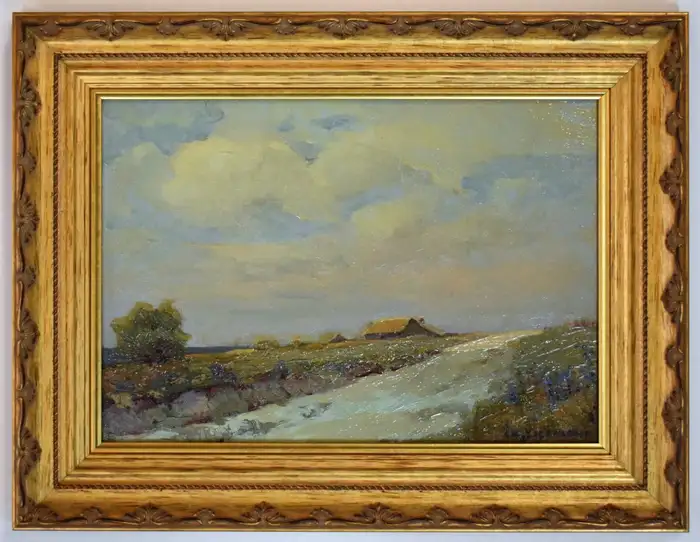
E.G. Edward Eisenlohr
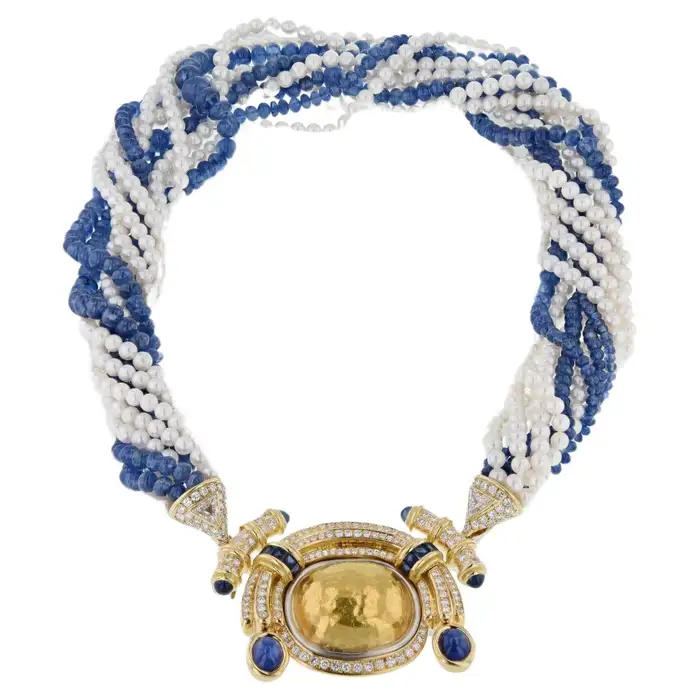
Estate jewelry by Chaumet
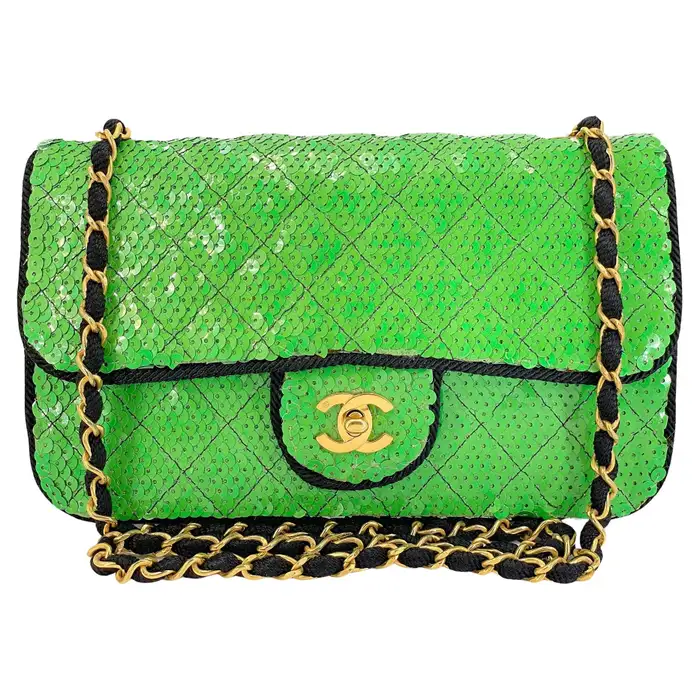
Vintage Chanel

Sanford Robinson Gifford
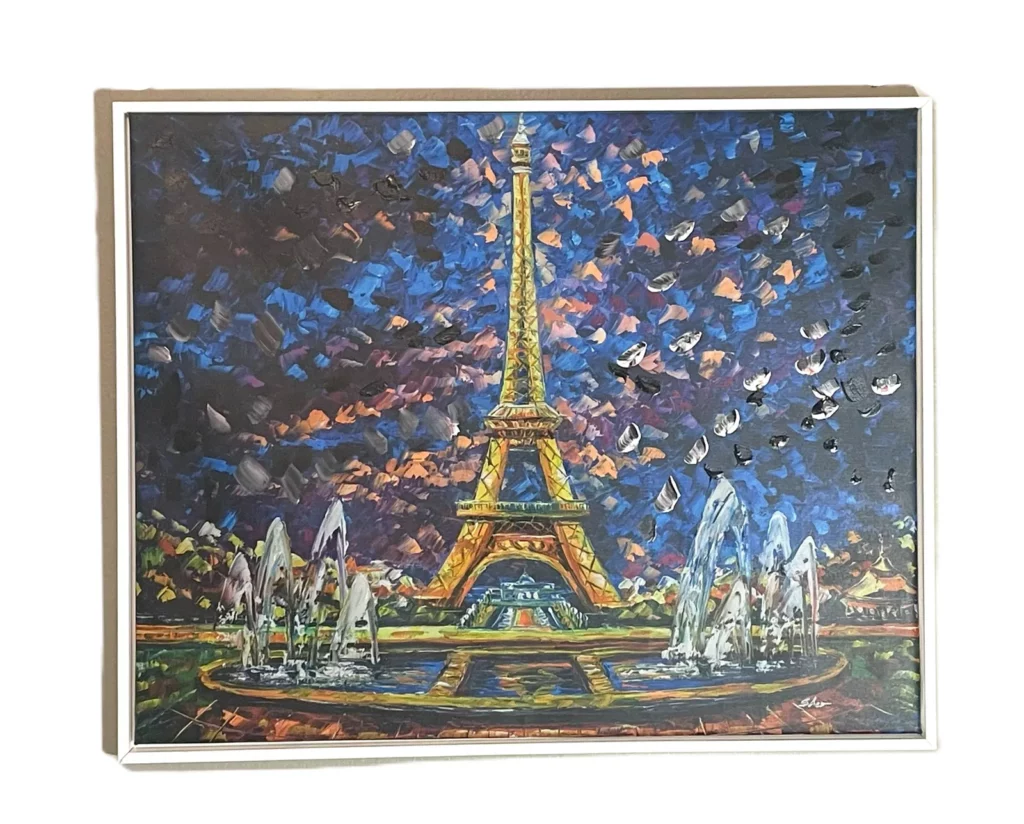
Svyatoslav Shyrochuk

Ferjo
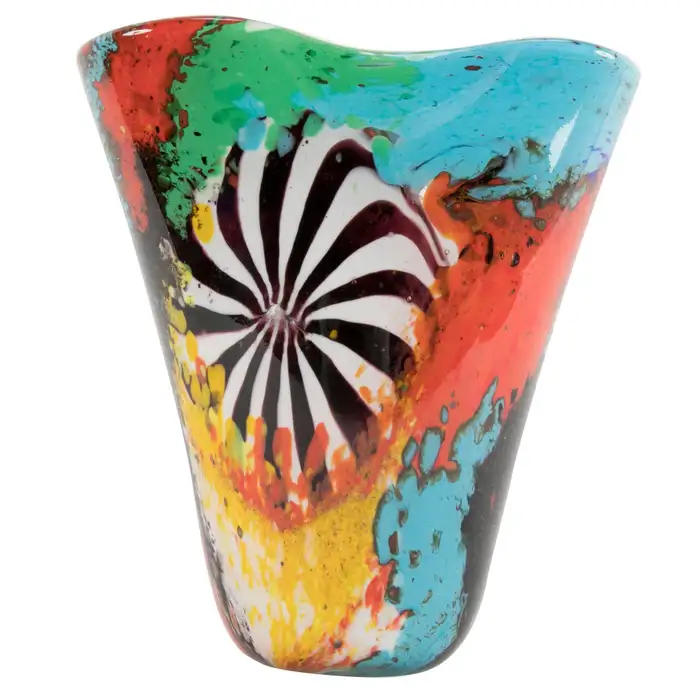
Dino Martens art glass

Bezel settings
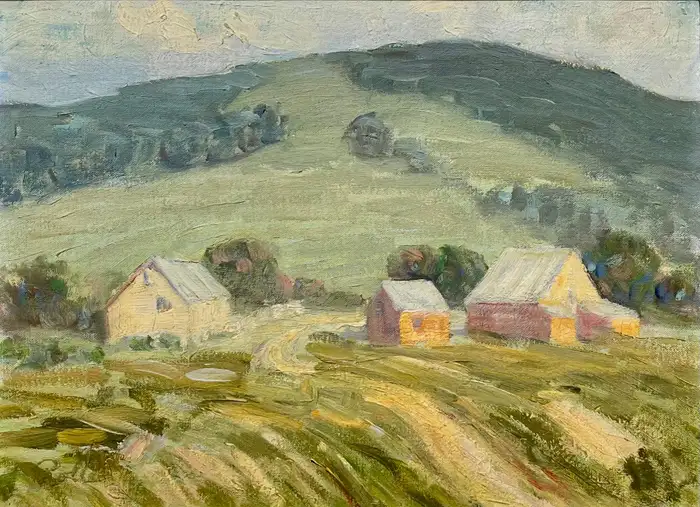
August Herman Olson Rolle
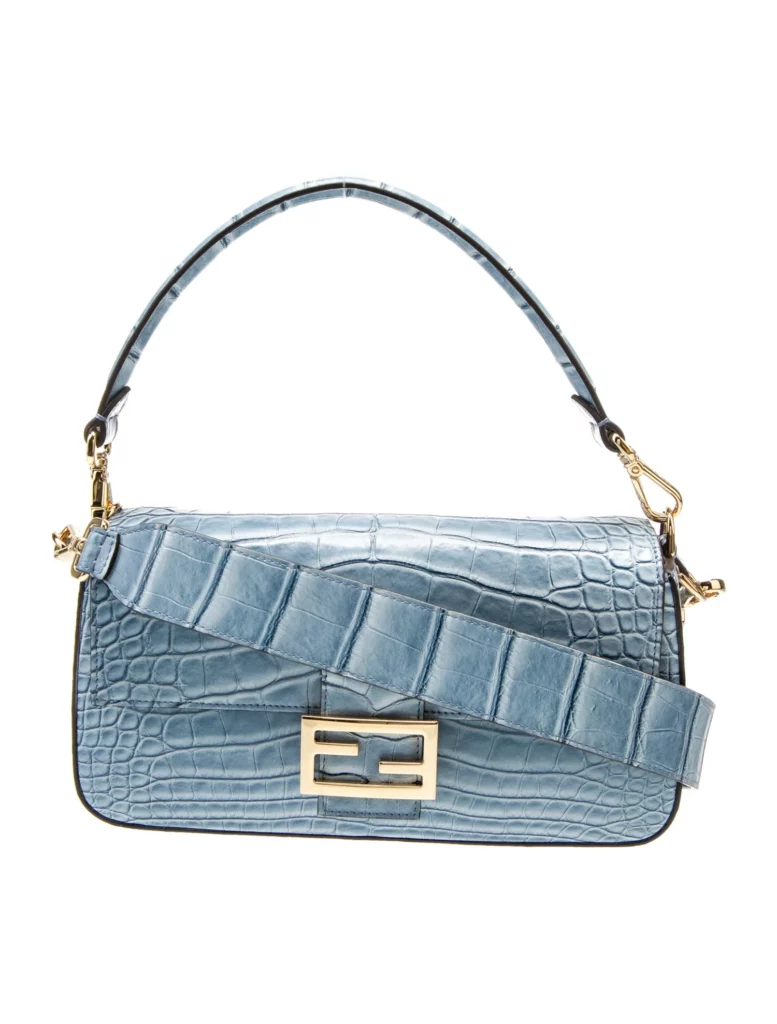
Fendi collectibles

Joe Montana memorabilia

Gambaro e Poggi
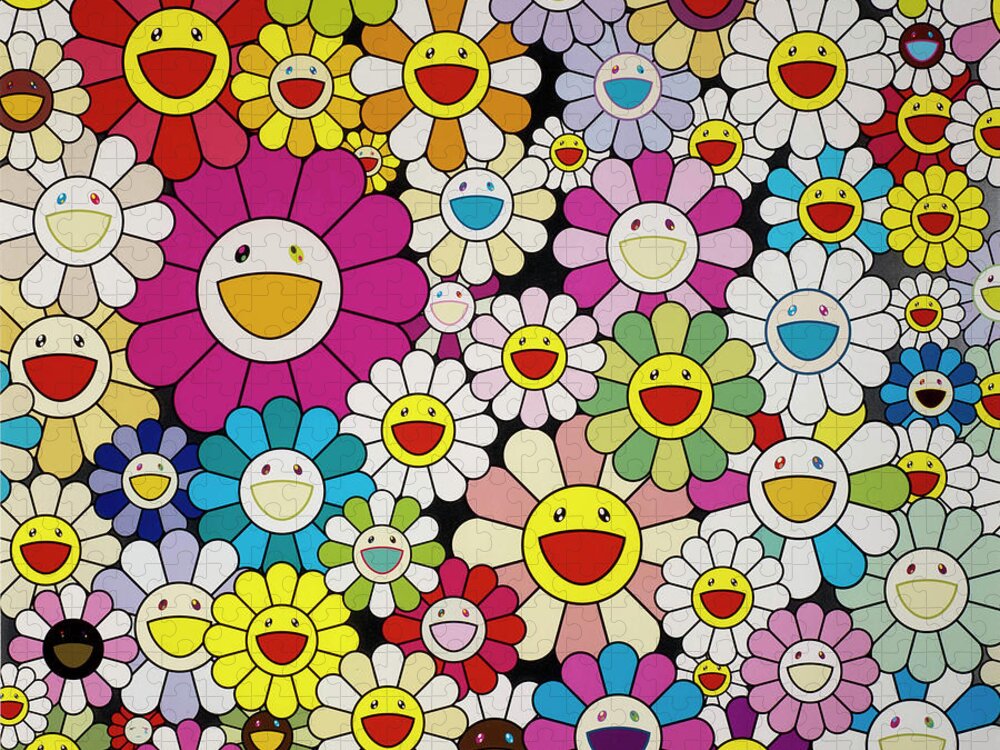
Takashi Murakami

Limelight Gala watch

Audemars Piguet Royal Oak

Murano Art Glass with Gold Leaf
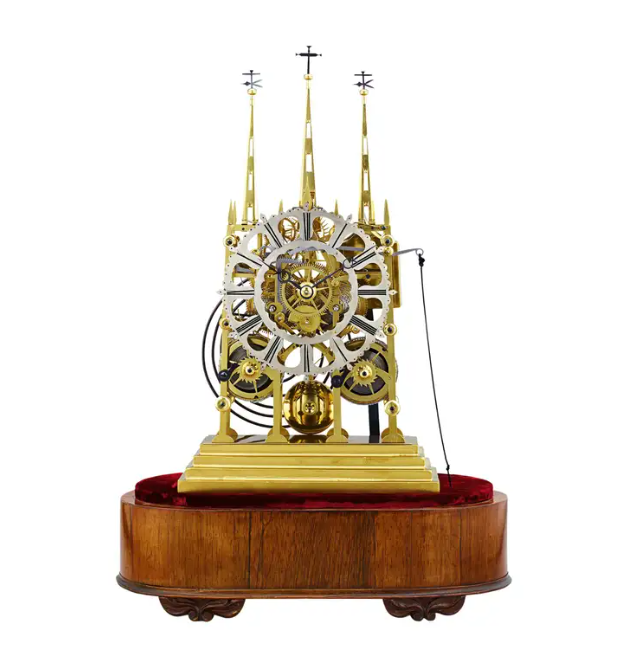
Evans of Handsworth
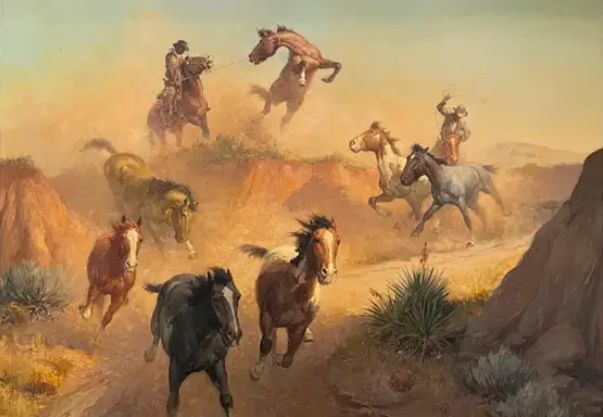
Charlie Dye

Robert Wood
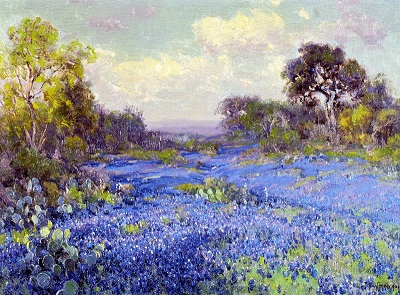
Julian Onderdonk

Jordi Mollà

Sixteen Stone by Tiffany

Kleinveld & Julien
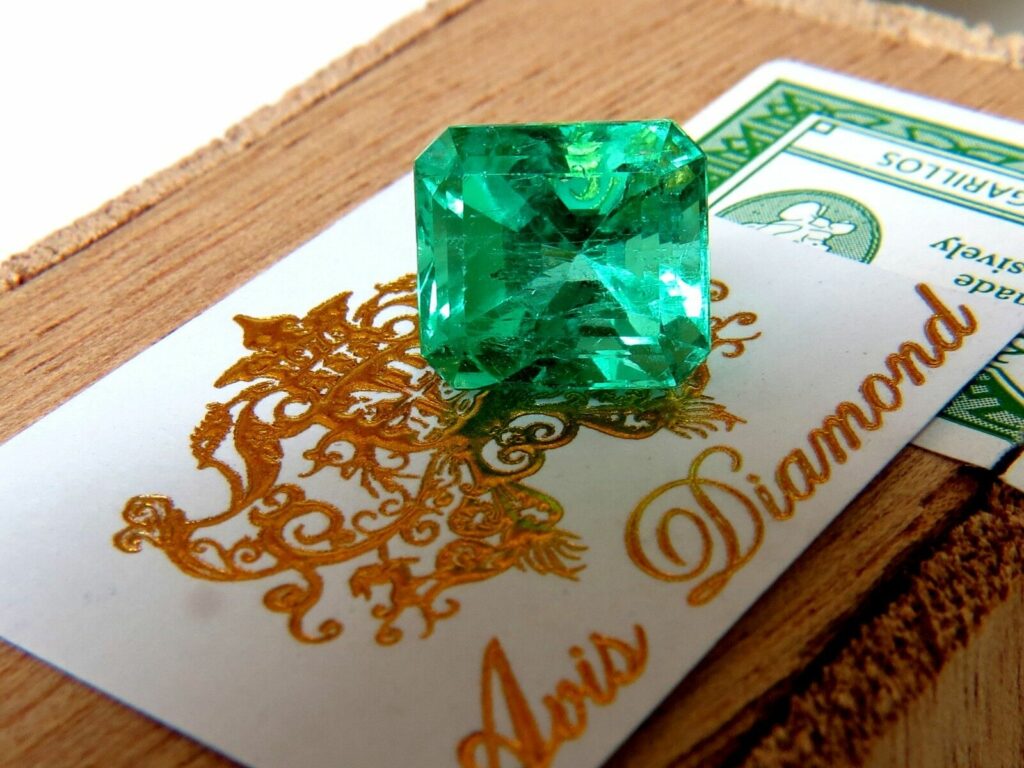
Who Are The Largest Jewelry Collectors?

Contemporary Masters

Reed & Barton
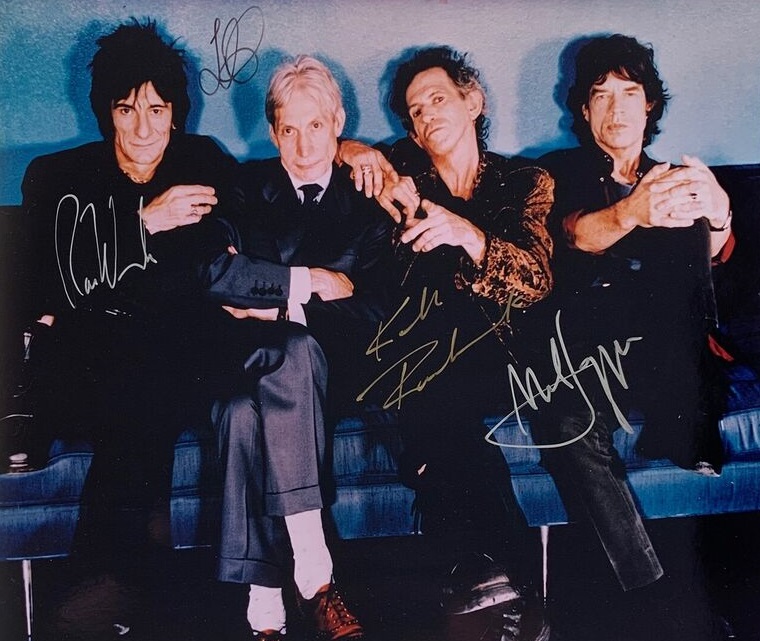
The Rolling Stones Collectibles

First Edition Books

About The 1856 British Guiana One-Cent Magenta Stamp

Top Gun Collectors
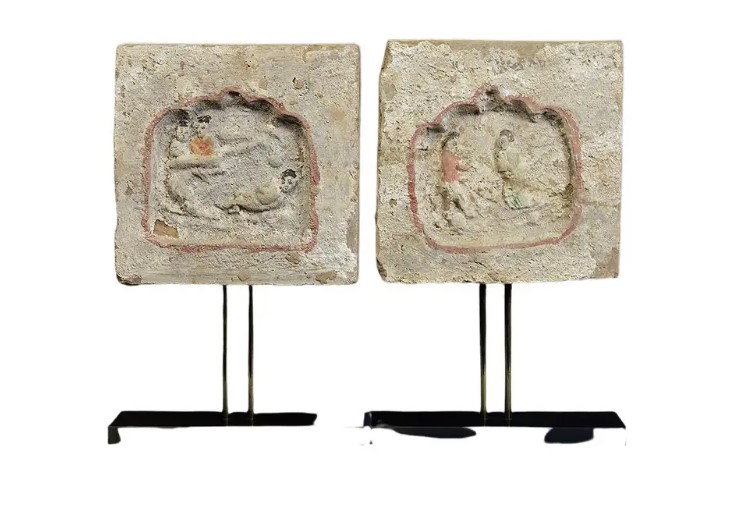
Song Dynasty Collectibles
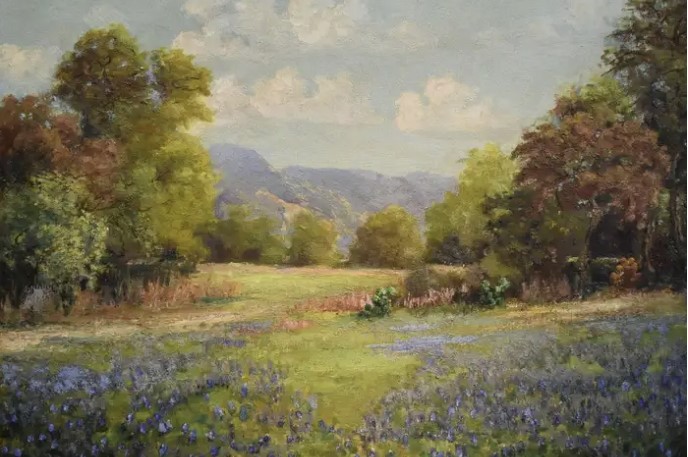
Charles Harvi Altheide
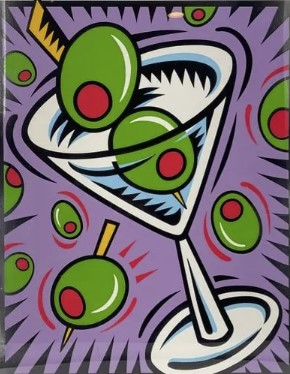
Burton Morris
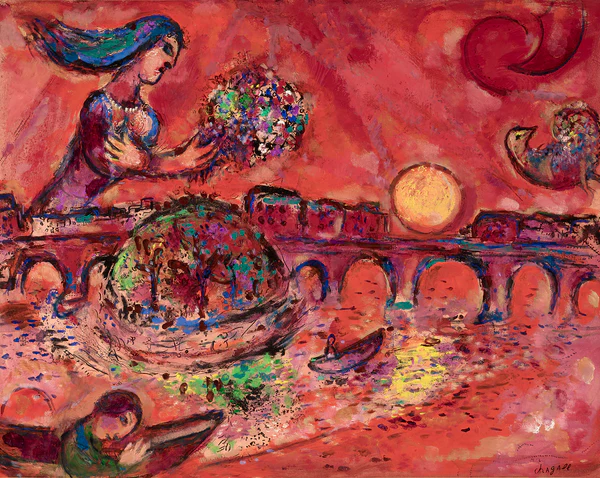
Post War American Art
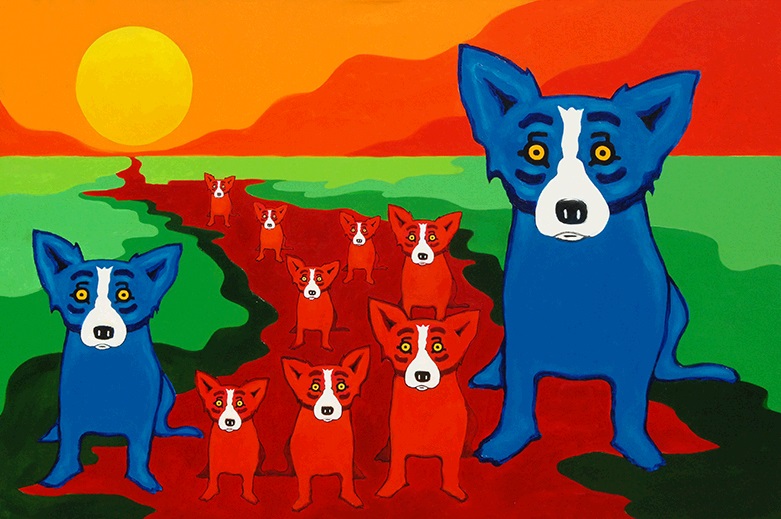
George Rodrigue
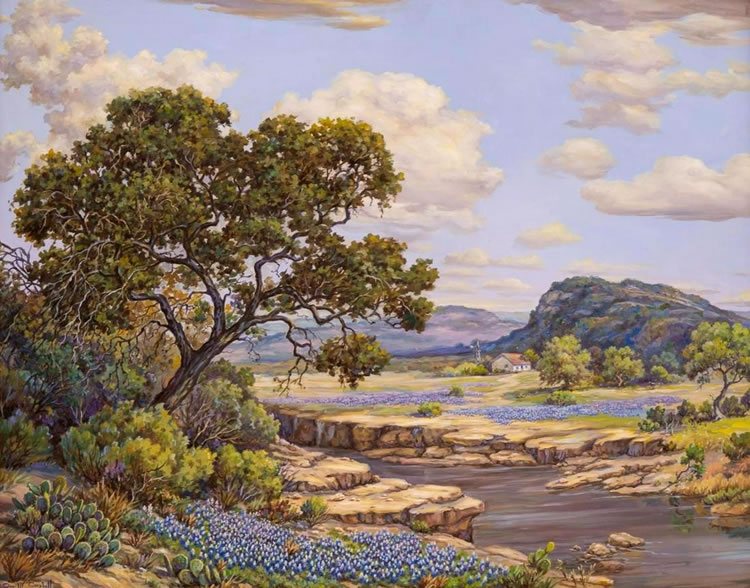
Orville Campbell

Ming Dynasty Collectibles
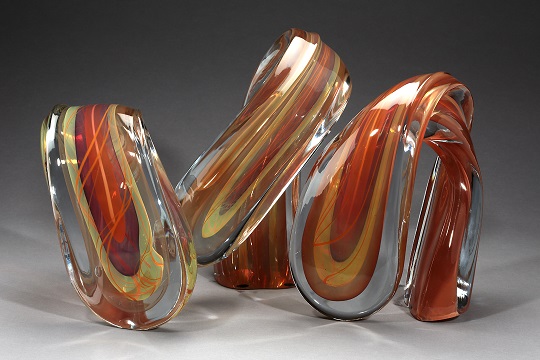
Harvey Littleton Art Glass

Popular Items At Estate Sales

Victor Vasarely
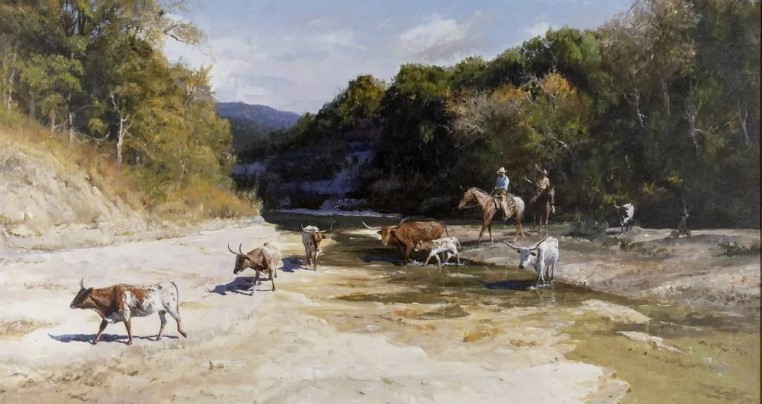
James Robinson
